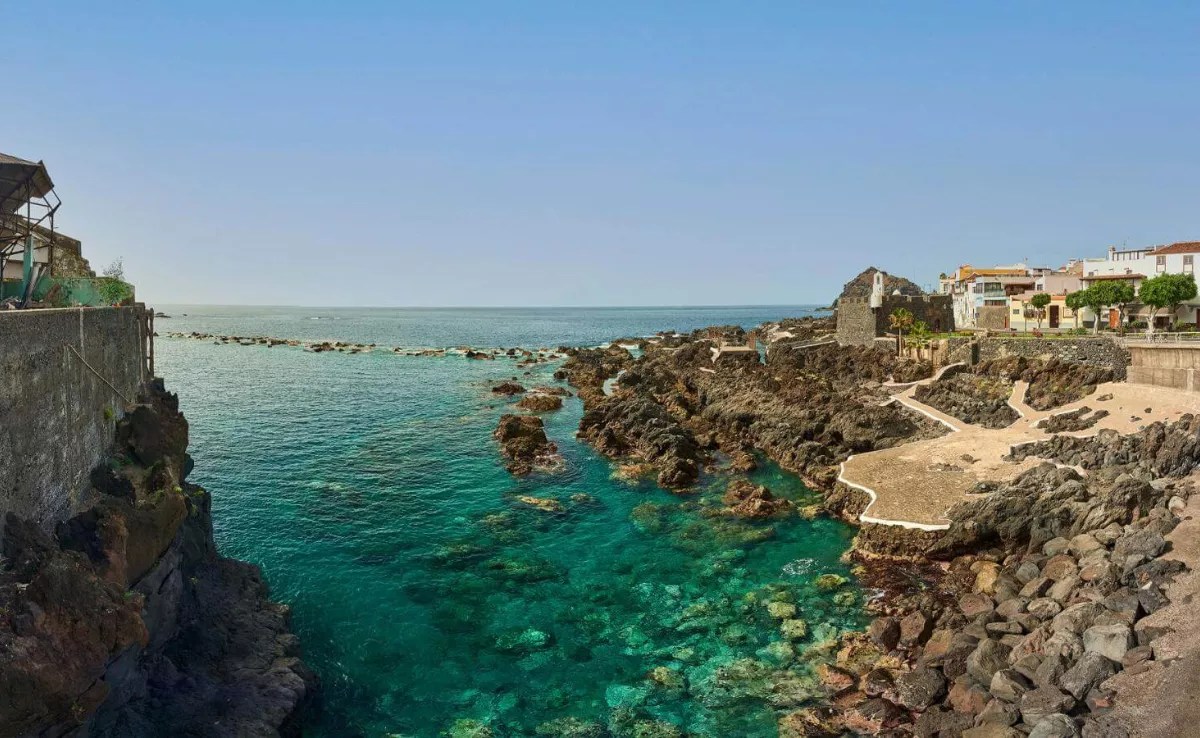
They identify Playa Grande (Tenerife), Famara (Lanzarote) and Playa Lambra (La Graciosa) as ‘black spots’ in the archipelago
LA LAGUNA (TENERIFE), Oct. 26 (EUROPA PRESS) –
The project ‘Evaluation of the impact of microplastics and emerging pollutants on the coasts of Macaronesia’ (IMPLAMAC), funded in the last call of the MAC Program 2014-2020 with a budget of one and a half million euros, has been concluded this Thursday with a day presentation of final results that concludes that the Canary Islands is the region of Macaronesia most affected by the arrival of microplastics.
The day was inaugurated by Francisco García, rector of the University of La Laguna, with the presence of Ángel Pablo Montañés, general director of Ecological Transition and Fight against Climate Change of the Government of the Canary Islands; Aridane González, director of Research and Technological Development of the Vice-Rector’s Office for Research and Transfer of the University of Las Palmas de Gran Canaria; and Javier Hernández Borges, principal investigator of the project and coordinator of the Applied Analytical Chemistry research group at the University of La Laguna.
In this four-year project, led by the University of La Laguna, the University of Las Palmas de Gran Canaria, the National Agency for the Development of Research, Technology and Innovation of Madeira participate; the Regional Directorate of the Madeira Sea; the Regional Directorate of Azores Sea Affairs, which in turn has contracted various actions to the University of the Azores, and the University of Cape Verde, as an entity from a third country.
The first objective of IMPLAMAC has focused on the establishment of a common sampling methodology that would allow comparable data to be obtained on the arrival of microplastics to all the archipelagos of Macaronesia, the ULL reports in a note.
Once this protocol was established, and following European recommendations, 430 samples have been carried out – one sampling per station on 46 beaches – and more than 6,000 samples have been processed.
From the analysis of these samples it can be concluded that in all the archipelagos what are known as ‘fragments’ predominate, pieces of rigid plastic with irregular edges, white, transparent and blue, which come from the breakage of larger rigid plastics, without that there is any type of seasonal pattern.
Specifically, these are mainly polyethylene and polypropylene microplastics, two of the most produced plastics worldwide – around 50% of global plastic production – which, having a lower density than seawater, float and end up arriving. to the coasts.
It has also been confirmed that, of the four archipelagos of Macaronesia, the Canary Islands is the one that receives the greatest amount of microplastics on its beaches, exceeding 100 grams per square meter on some beaches, beaches that correspond to those previously classified as ‘hotspots’. ‘ or black dots of massive arrival of microplastics.
This is the case of Playa Grande (Tenerife), Famara (Lanzarote) and Playa Lambra (La Graciosa) in the Canary Islands and Porto Pim (Faial) in the Azores.
In addition to the above, the IMPLAMAC project has made it possible to identify a new point of mass arrival of microplastics in Arenas Blancas, on the island of El Hierro, where concentrations of up to 3,574 items/m2 have been recorded.
For its part, the latest results obtained indicate the possible existence of new ‘hotspots’ in the archipelago on Caletillas beach, in Fuerteventura, and Almáciga and Puertito de Adeje in Tenerife.
Of the rest of the archipelagos, Madeira has the least presence of microplastics on its beaches, with a greater incidence of foams, which correspond to polystyrene polymers – the typical white cork spheres used for packaging – much more even than the rest of archipelagos.
Within the first objective, the IMPLAMAC project has also carried out several samples on the ocean surface in the four archipelagos, showing once again that in the Canary Islands there is a greater amount of microplastics floating in the waters, with a clear predominance of the fragments, except in Cape Verde, where fibers and threads or fishing nets predominate.
EFFECTS ON TROPIC CHAINS AND MARINE ECOSYSTEMS
The second specific objective of the IMPLAMAC project has focused on the study of the effect of microplastics on food chains and marine ecosystems.
In particular, in the determination of the presence of microplastics in fish stomachs.
To do this, a total of 634 specimens belonging to 7 different species have been analyzed: skipjack tuna, snapper, mullet, mackerel, garoupa, black swordfish and the peafish.
The study revealed that all the species studied presented microplastics in their gastrointestinal contents.
The greatest presence was located in three of the species studied, with the black swordfish from the Madeira archipelago in which 100% of the analyzed specimens present microplastics, the skipjack from the Canary Islands reached 90% and the garoupa from Cape Verde with 85%.
The most predominant type of microplastics in most species was fiber, followed by fishing lines and fragments (pieces of rigid plastics with irregular edges).
EMERGING ORGANIC POLLUTANTS
The growing concern about the presence of microplastics in the environment is compounded by their ability to adsorb chemical compounds present around them, for example, in seawater.
This surprising feature adds a new dimension to the problem of microplastic pollution.
With the aim of determining the presence of emerging organic contaminants in microplastics, a total of 320 samples were analyzed.
Thus, three families of compounds were studied: drugs of different therapeutic types; personal care products, UV filters and stabilizers; and steroid hormones.
Of the total samples analyzed, which include fragments and pellets, 85% contained some of the contaminants studied.
UV filters were found more frequently and in higher concentrations, followed by hormones and, lastly, drugs.
The results obtained support the initial hypothesis that microplastics adsorb pollutants from their environment and act as a transmission vehicle.
This finding raises significant questions about the management of microplastic pollution and the need for urgent action.
















